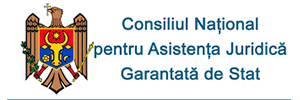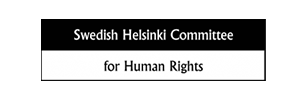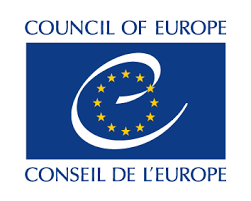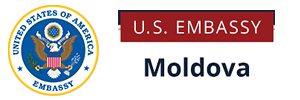
The Executive Director of the CDA, Oleg Palii, considers that the most appropriate form of protection in the context of a refugee crisis in Ukraine is temporary protection, one of the 4 forms of protection provided by Law 270/2008 on Asylum in the Republic of Moldova.
Article 3 of Law 270/2008 stipulates that temporary protection “is a form of exceptional protection aimed to ensure, in the event of a massive and spontaneous influx of displaced persons who are unable to return to their country of origin, immediate and temporary protection to such persons, if there is a risk that the asylum system will not be able to process this flow without adverse effects for its efficient
operation, in the interest of the persons concerned and other persons in need of protection ”.
Temporary protection is granted for a period of one year with possible extensions but may not exceed two years. The person who has a clear perspective about a certain period of his / her stay in the country can make some plans for this period: employment, business, enrollment of children in school or kindergarten etc. The legal status of the Ukrainians was initially for a general period of 90 days, then the Commission for Emergency Situations (CSE) allowed them to stay during the state of emergency (which expires on June 23).
It is unknown at this time what will be after the deadline. And in this case it is very difficult for refugees from Ukraine to integrate in the communities even temporary: an economic agent will be reluctant to hire someone who has legal residence only until “next week”, just as uncertain will be the schooling of children who do not have a clear perspective of the period of stay.
The CDA Executive Director notes that the European Union countries in the first days of the war in Ukraine have ordered the temporary protection of refugees from Ukraine. However, this did not happen in the Republic of Moldova. Although, presenting the statistics, the representatives of the authorities state that in the Republic of Moldova entered per capita the majority of refugees.
According to the legal procedure, temporary protection is granted by Government decision, at the proposal of the Ministry of Internal Affairs, based on a report submitted by the Bureau of Migration and Asylum on the need to provide temporary protection. The report is based on an analysis of the situation by the Asylum and Integration Directorate, taking into account the causes of possible influxes of people.
The Bureau of Migration and Asylum sent the necessary report to the Ministry of Interior, but the Government has not provided temporary protection. It is not clear why the Ministry of Interior officials do not execute the provisions of the Asylum Law, why the MIA officials, more than 100 days after the beginning of the mass flow of people, having the BMA report, following the example of EU countries, have not yet submitted the proposal of temporary protection.
According to the Asylum Law, during the period of humanitarian protection, the beneficiaries of this form of protection have several rights, most of which have already been granted to Ukrainian citizens and their family members, by decisions of the Commission for Emergency Situations. Consequently, there can be no additional exorbitant costs if temporary protection is granted.
Oleg Palii considers that the Republic of Moldova has an adequate legal framework, which also provides for a form of protection such as temporary protection, but the legal provisions are not applied in practice. Either it is about the bureaucratization of the process in question, or about an unfounded concern related to costs of making such a decision. Thus, the required conclusion is that in the case of Law 270/2008 we face the problem of non-implementation of the legal framework, which offers the opportunity to provide adequate protection to foreigners. We have good laws that are not put into practice.






















